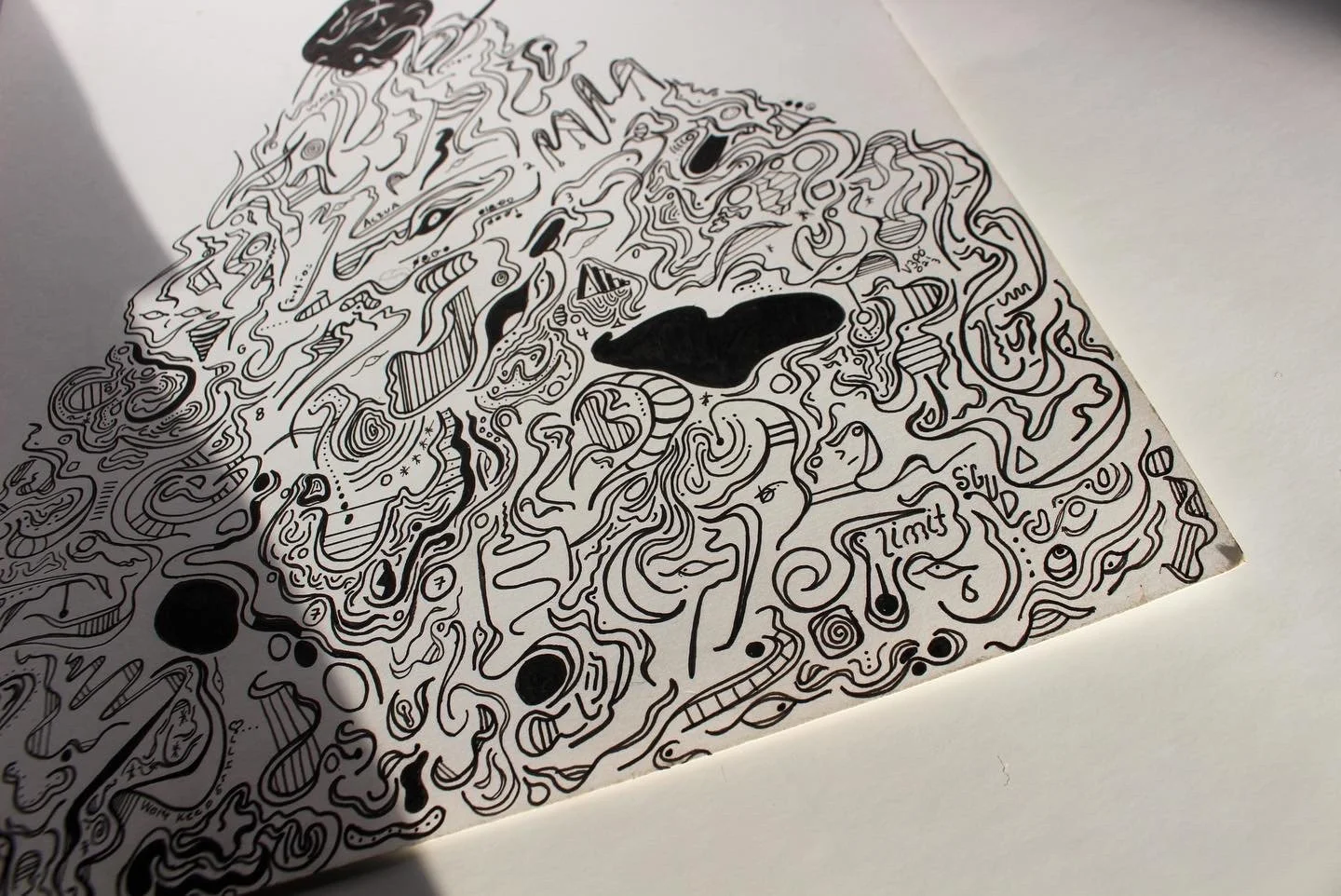How Abstract Art Impacts the Brain.
“Water”, one of my favorite pieces
Abstract art isn’t just about shapes and colors — it has a powerful effect on how we think and feel. Unlike realistic images that our brains try to categorize quickly, abstract art invites us to slow down, explore, and interpret freely.
This openness helps shift the brain into a more reflective and present-focused state. Research shows that engaging with abstract visuals activates the Default Mode Network (DMN), a brain system tied to self-reflection and emotional processing.
Viewing abstract art has also been linked to stress reduction. When we focus on fluid lines, layered patterns, or suggestive shapes, we enter a more meditative mindset — similar to what happens during mindfulness or relaxation exercises. This can lower anxiety and promote a feeling of calmness.
In hospitals and wellness environments, art is already used to help patients feel more comfortable and reduce anxiety. My abstract line art is designed with this same intention, to create pieces that support mental balance and provide viewers with a moment of pause in a busy world.
Through my work, I hope to create spaces that feel alive yet peaceful, encouraging people to connect more deeply with themselves and their surroundings.

